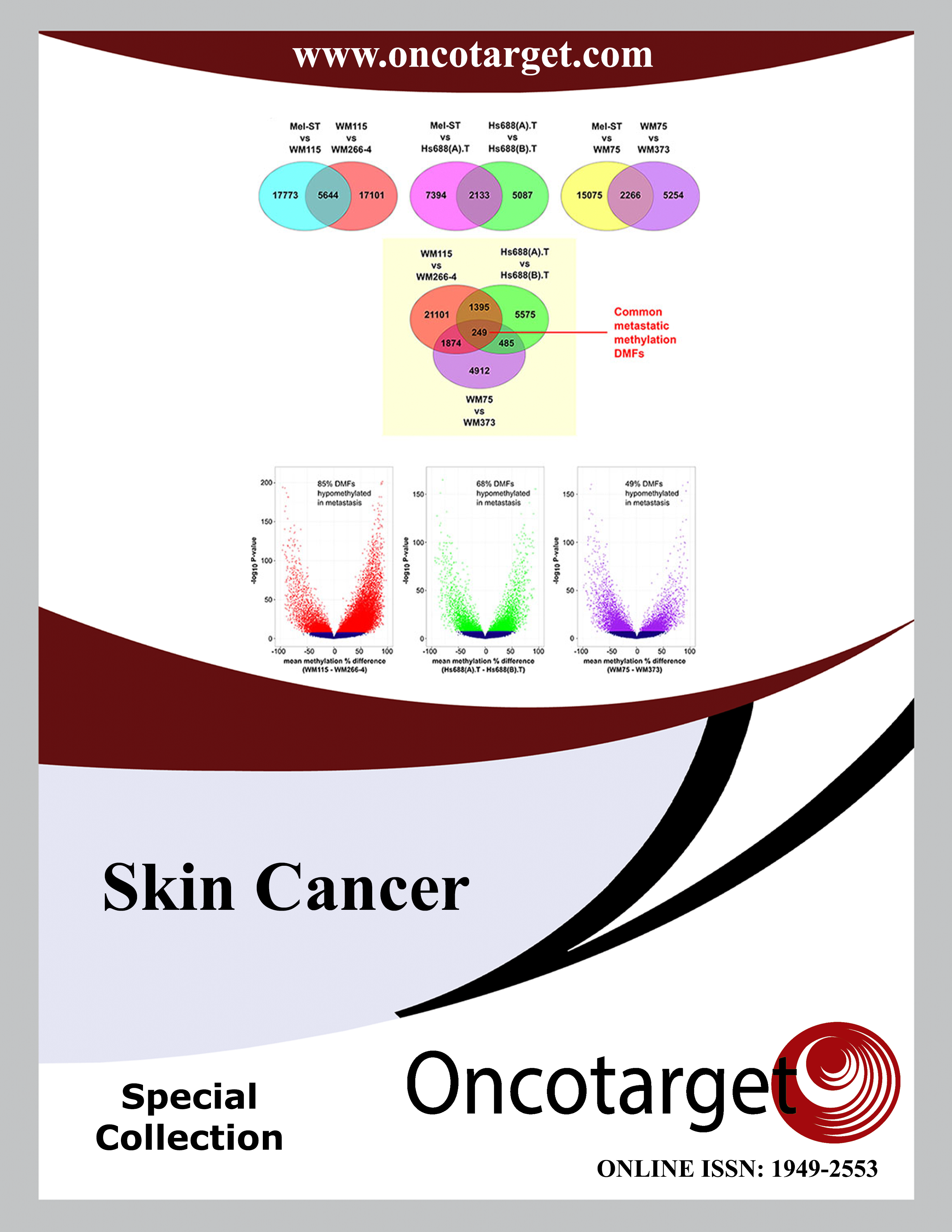
There are three types of cells that are usually involved in skin cancer:
- Squamous cells
- Basal cells
- Melanocytes
What is Skin Cancer?
In the United States, skin cancer is the most commonly diagnosed cancer. It is also one of the most preventable cancers in non-hereditary cases, as a major risk factor is prolonged exposure to ultraviolet (UV) radiation. Symptoms often include a growth or lump on the skin, and may vary.
There are three types of cells that are usually involved in skin cancer:
- Squamous cells
- Basal cells
- Melanocytes
On a case-by-case basis, the particular type of cells in the skin that are affected by cancer is what classifies basal cell carcinoma, squamous cell carcinoma, or melanoma. The most serious type of skin cancer is melanoma, due to its tendency to spread to other organs. Skin cancer is a very treatable disease if detected early and treated by a dermatologist or surgical oncologist. Skin cancer is a subtype, or speciality, inside the general study of dermatology/oncology and carcinogenesis, cancer cell biology, cancer diagnosis, and cancer therapy.
Physician type: Dermatologist / Surgical oncologist
ANZSRC Categories:
1112 Oncology and Carcinogenesis
RCDC Category: Skin Cancer